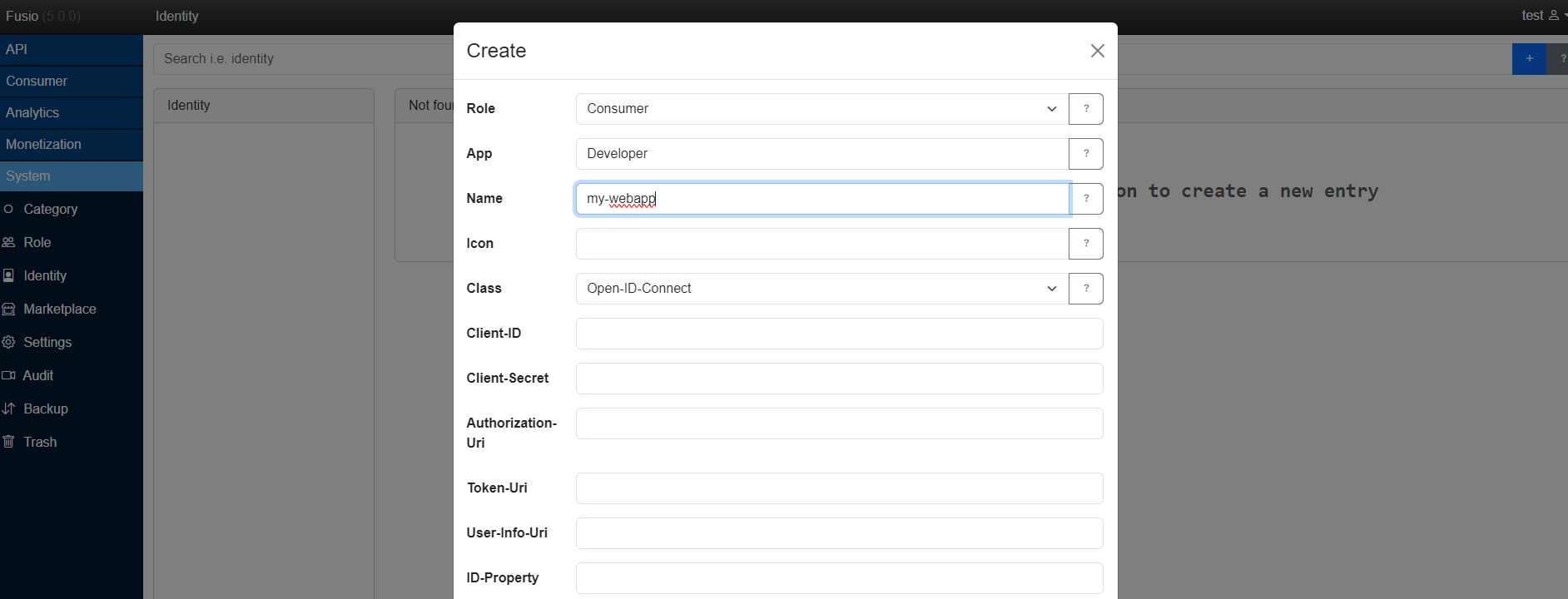API Product
Using Fusio as API product means, that you have an existing maybe legacy web app and you use Fusio to create a state-of-the-art REST API beside your existing web app where external developers can register to consume your API.
Integration
The fist step is to integrate Fusio with your existing web app. You should identify which resources of your web app you would like to expose through the Fusio REST API. For example if you are a server hosting provider it would make sense to create endpoints to give your users the option to start or shutdown a server and to return a list of available servers. This is an important step, which gives your customers new ways to work and integrate with your product.
Database
The most direct and raw way is to give Fusio direct access to your web app database. At Fusio you can easily create a database connection and use one of the SQL actions to directly work with the database. This can be mostly useful for read operations where you don`t need to execute additional business logic.
HTTP
Another solution would be to invoke an internal HTTP API or Form request in case your web app already provides such an API. This has the advantage that you trigger all your business logic and is the preferred solution for write requests. Fusio can also transform your incoming requests to fit the format of your internal API, so that you can build a clean API for your customers.
Message-Queue
Similar to the HTTP integration Fusio supports different message queue systems like AMQP or Beanstalk. This can be useful for write requests to trigger a specific worker or job in the background.
Implementation
At last it is also possible to develop a complete custom action to trigger your internal web app logic. This means you could use a custom protocol to interact with your web app. For this please also take a look at the develop custom action page.
Authentication
The next step is to authenticate your users so that they can login to Fusio. By default every user can register at Fusio either via email or through a social login like GitHub or Google. It is also possible to configure a general OpenID Connect provider so that you users don`t need to register a separate account s.

Developer portal
The last step is to configure the developer portal where all external developers can login to consume your API. Fusio provides out of the box a developer portal similar to other developer portals which you find at large companies s.

At this developer portal a user can manage all settings to access and work with your API. We also provide the account app which basically only contains the user management aspect and removes all other aspects of the developer portal, so it would be possible to include this account app directly into your web app.
Customizing
If you have specific CI requirements you can also completely include the developer portal functionality into your existing web app. Therefor you can take a look at the consumer API specification which is also used by the developer app. This requires of course a bit more work but gives you the complete freedom to customize the frontend.